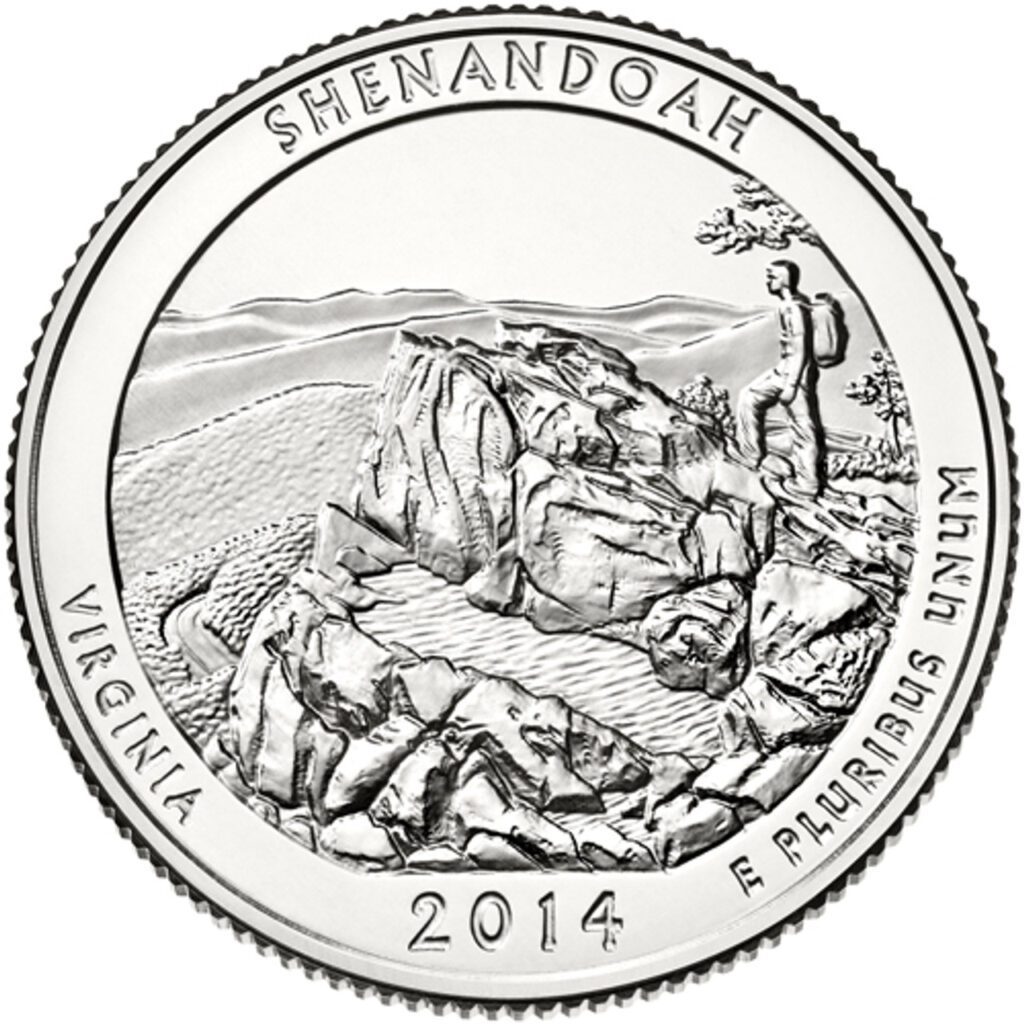
On December 26, 1935, Shenandoah National Park was officially established in Virginia.
Some of the earliest-known people to make their way into the Blue Ridge Mountains arrived some 8,000 to 9,000 years ago. Among the native tribes in the area were the Monacans and Manahoacs, who lived just east of the Blue Ridge Mountains.

German physician and scholar John Lederer was one of the first Europeans to chronicle his journey to the Blue Ridge Mountains, arriving in 1669. Governor Alexander Spotswood led a party through the mountains to the Shenandoah River in 1716, aimed at encouraging settlement before the French could arrive and take the land. Spotswood developed a land grant program that made settlers exempt from paying taxes, attracting thousands to the area. There were about 67,000 people living in the area by 1790, mostly in the lower Shenandoah Valley. By the turn of the next century, tanneries, cider presses, and mills brought more people to the mountains. While more and more people arrived, few paid attention to the effects they had on the landscape and wildlife – bison had disappeared and deer, elk, and turkey became rare.

Among the people drawn to the Blue Ridge Mountains was George Freeman Pollock, who established Stony Man Camp in 1895, a popular summer resort. In addition to offering visitors the chance to take in the dramatic mountain scenery, Pollock hosted a variety of events, including medieval jousts, Indian Powwows, cakewalks, bonfires, and costume balls.
By the early 1900s, a chestnut blight decimated many trees in the Shenandoah area. With one of the area’s main natural resources in decline, many businesses and residents left in search of other ventures. It was also at the turn of the century that some politicians first began discussing the establishment of a large national park in the east.

In June 1924, Pollock and the Northern Virginia Park Association suggested the creation of a park along the Blue Ridge Mountains with a central focus on his resort (now named Skyland). The Southern Appalachian National Park Committee noted that a Shenandoah area park could be easily accessed by 40 million visitors within a day’s drive and that “few scenic drives could surpass” the view from the proposed Skyland Drive across the top of the Blue Ridge Mountains.
By 1925, the park was conditionally approved by Congress. But at least 327,000 acres of land had to purchased or donated from private parties. As the over 1,000 tracts of land were slowly collected for the park, development of the area was confined to a small portion of Skyline Drive that was willingly donated by local landowners. After President Franklin Roosevelt was inaugurated in 1933, his Civilian Conservation Corps vastly developed the much-larger proposed park area. A decade of hard work finally paid off when, on December 26, 1935, President Roosevelt officially established Shenandoah National Park.
The work there was not yet over. It would be four more years before Skyline Drive was completed. And it was several years after that before the Civilian Conservation Corps completed their task of removing most signs of human occupation and returning the land to its natural state. President Lyndon B. Johnson’s 1964 Wilderness Act set the stage for the Eastern Wilderness Act, which later designated 79,000 acres as wilderness (about 40% of the park), protecting it from future development.
Click here for more from the National Park website.
| FREE printable This Day in History album pages Download a PDF of today’s article. Get a binder or other supplies to create your This Day in History album. |
Discover what else happened on This Day in History.



As I mention every time a national park or monument is noted, author Wallace Stegner once commented, “National Parks are the best idea America ever had.” It started in America, and many nations around the world have gone on to establish national parks